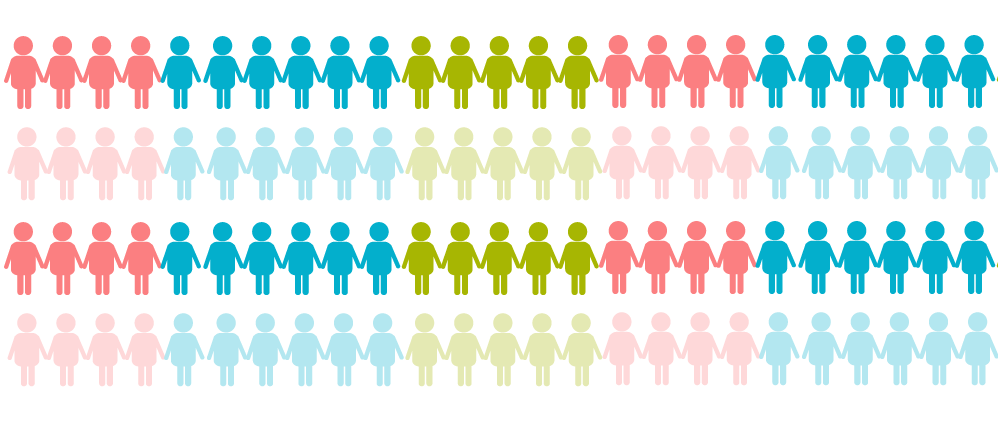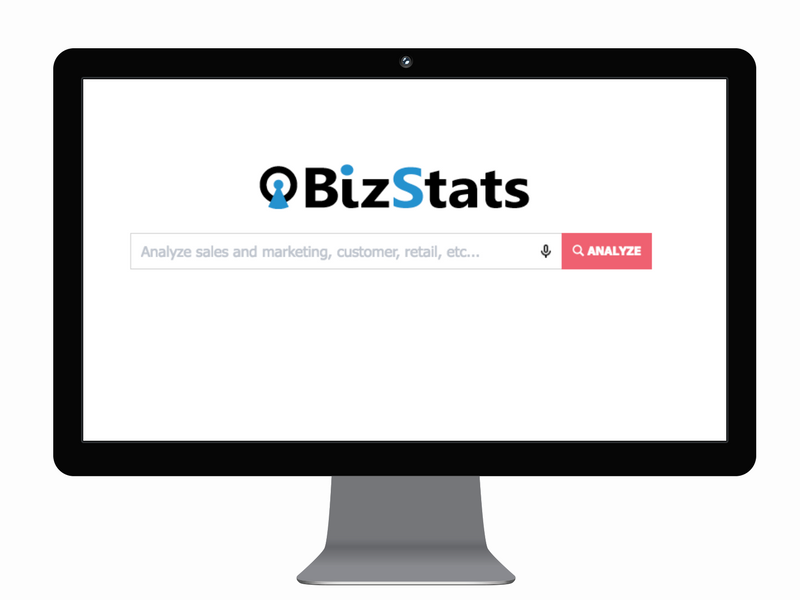 With technology, the possibility of reaching the audience increased multifold. As companies garnered more information about customers, their scope for visibility grew. From using social media to attracting customers through online portals, and it is easy to reach the product or service to the audience. But the question that most marketers worry about is the targeting the right audience, the real customers to the product. Every product has a hierarchy of customer chart that categorizes population based on some parameters. Each product/service is different, and the company should focus on channeling all the resources towards the right people to get a positive response. For a proper segmentation of target audience, researchers must consider these five applicable variables to group the customers. Geography based cross-section This is one of the common practices of customer segmentation where the target audience is narrowed down to base on their location. For example, a music festival or store launch target locals as they are more receptive to the campaign. Location based targeting is useful for businesses like malls, hotels, and theatres that are restricted by footfall. A restaurant cannot target people from another location primarily because their lack of ability to reach the venue. Demography based audience pool Demography is a broad term. Gender, age, ethnicity, education, income and several other factors deem fit inside the scope of demography. Companies used this type of segmentation when the product/service is for a particular set of people. Incidentally, smartphones by high-end brands including Apple evidently target tech-savvy, young minds who are willing to spend money on the products. This type of customer segmentation can happen both with Business-to-Business(B2B) and Business-to-Customer(B2C) companies. Psychographic segmentation While this process of understanding consumer behavior is less reliable than the above mentioned two points, psychographic segmentation allows one to understand consumer patterns to position marketing plans better. This includes lifestyle choices, personality, social class and much more. For a high-end apparel company, understanding consumer consumption pattern and their societal standing are far more important to position the product better. Categorization based on behavior In this world where brand loyalty is as good as the product, relying heavily on usage, loyalty and awareness through categorization are difficult. However, this method of understanding consumer segmentation is critical during occasion based segmentation when the audience is generally less intrusive toward prices. Having discussed the types of customer segmentation, the real question lies with understanding the need for such categorisation. Considered the primary stage of marketing, customer segmentation is imperative for launching a marketing campaign. This is the roadmap for generating out-of-the-box promotional ideas that in-turn increases the brand visibility. Hence, evaluating the purpose and benefits of this process is critical in creating a successful marketing campaign. With a exhaustive customer segmentation activity, companies can help in more than one way that includes:
With technology, the possibility of reaching the audience increased multifold. As companies garnered more information about customers, their scope for visibility grew. From using social media to attracting customers through online portals, and it is easy to reach the product or service to the audience. But the question that most marketers worry about is the targeting the right audience, the real customers to the product. Every product has a hierarchy of customer chart that categorizes population based on some parameters. Each product/service is different, and the company should focus on channeling all the resources towards the right people to get a positive response. For a proper segmentation of target audience, researchers must consider these five applicable variables to group the customers. Geography based cross-section This is one of the common practices of customer segmentation where the target audience is narrowed down to base on their location. For example, a music festival or store launch target locals as they are more receptive to the campaign. Location based targeting is useful for businesses like malls, hotels, and theatres that are restricted by footfall. A restaurant cannot target people from another location primarily because their lack of ability to reach the venue. Demography based audience pool Demography is a broad term. Gender, age, ethnicity, education, income and several other factors deem fit inside the scope of demography. Companies used this type of segmentation when the product/service is for a particular set of people. Incidentally, smartphones by high-end brands including Apple evidently target tech-savvy, young minds who are willing to spend money on the products. This type of customer segmentation can happen both with Business-to-Business(B2B) and Business-to-Customer(B2C) companies. Psychographic segmentation While this process of understanding consumer behavior is less reliable than the above mentioned two points, psychographic segmentation allows one to understand consumer patterns to position marketing plans better. This includes lifestyle choices, personality, social class and much more. For a high-end apparel company, understanding consumer consumption pattern and their societal standing are far more important to position the product better. Categorization based on behavior In this world where brand loyalty is as good as the product, relying heavily on usage, loyalty and awareness through categorization are difficult. However, this method of understanding consumer segmentation is critical during occasion based segmentation when the audience is generally less intrusive toward prices. Having discussed the types of customer segmentation, the real question lies with understanding the need for such categorisation. Considered the primary stage of marketing, customer segmentation is imperative for launching a marketing campaign. This is the roadmap for generating out-of-the-box promotional ideas that in-turn increases the brand visibility. Hence, evaluating the purpose and benefits of this process is critical in creating a successful marketing campaign. With a exhaustive customer segmentation activity, companies can help in more than one way that includes:
Focused marketing campaign through specific target market
As technology enables companies to reach larger audience, it also becomes increasingly difficult to strategize for a large pool of customers. With customer segmentation, marketing activities can be further streamlined to meet the needs of the specific audience without any ambiguity.
Fragmentation of broad audience for personalized selling
Capitalising marketing researchers’ efforts toward classification of consumers based on gender, age, location, the broad spectrum of audience members is categorized methodically. This effort increases the chance of personalized selling thus increasing purchase power.
Customised marketing message with an individualistic approach
Once companies understands their true customer circle, it is easy to craft marketing messages that hits a personal cord with the audience members. This increases the chance of creating high-impact, better performing campaigns that works towards the success of the product.
Eradication of unsolicited marketing efforts
Marketing involves big bucks that cannot be quantitative, a marketer should always a qualitative approach to their campaigns. Customer segmentation allows companies to have a strategic approach toward their marketing efforts thus eliminating unwarranted spends towards activities that offer less productivity. Although several methods of customer segmentation is available, businesses often resort to two of the below-mentioned methods of audience study: Cluster analysis Subdividing customers into different groups, cluster analysis is one of the most commonly practiced methods of customer segmentation. Using continuous and categorical attributes, group characteristics can be easily identified thus providing insights for researchers. CHAID analysis Using data from multiple segments, CHAID tree approach divides the collected data into several nodes based on different behavioral observations. This is one of the famous and easiest strategies for researchers as the output is easily interpretable due to the presence of high visual content. Simply put, customer segmentation allows marketing campaigns to transform into Return on Investment (RoI) for companies. This activity acts as a bridge between marketing and sales for business as it helps identify prospective sales candidates that in turn transforms into revenue for the enterprise. Broadly, customer segmentation helps in three main activities Customer acquisition The primary focus of any marketing activity is customer acquisition. While customer segmentation does not guarantee an increase in purchase rate automatically, it helps in understanding the audience better thus improving marketing activities. Customer relationship management When the business understands the customers, it gets easier to serve them better. For instance, banks use a components of predictive model including the Customer Lifetime Value (CLV) to understand their relationship with the bank. This enhances the customer relationship with the bank. Collections and recovery processes Soon after the business understands the customer, it is easy to adopt a personalized approach to all activities. Banks can classify their customers based on their income level to plan their collections and recovery process thus helping the customer inevitably.
You can do customer segmentation analysis using Bizstats cloud by asking your questions. If you are not tried Bizstats yet, you can try our demo now !



